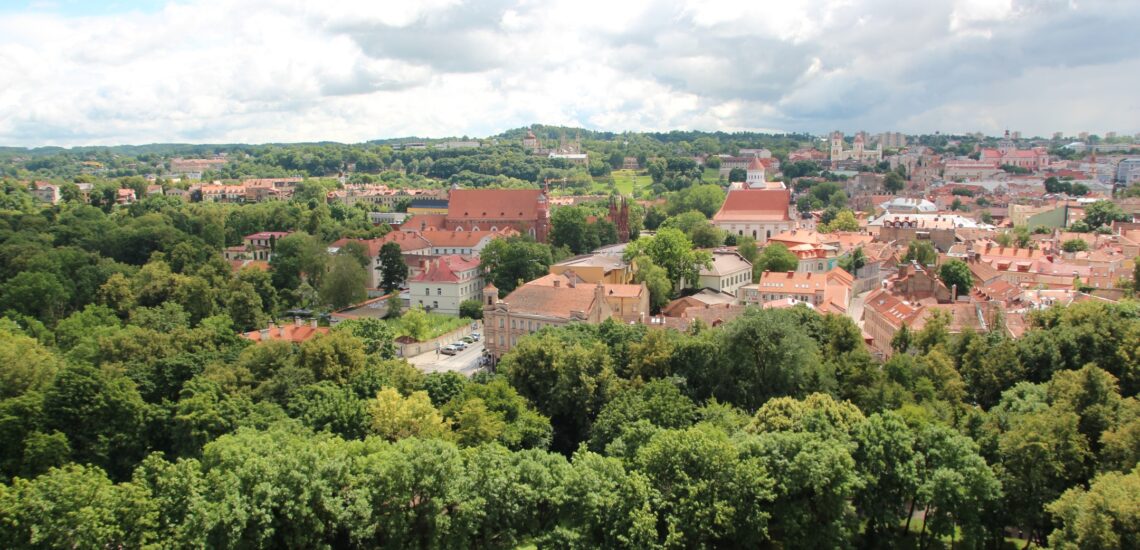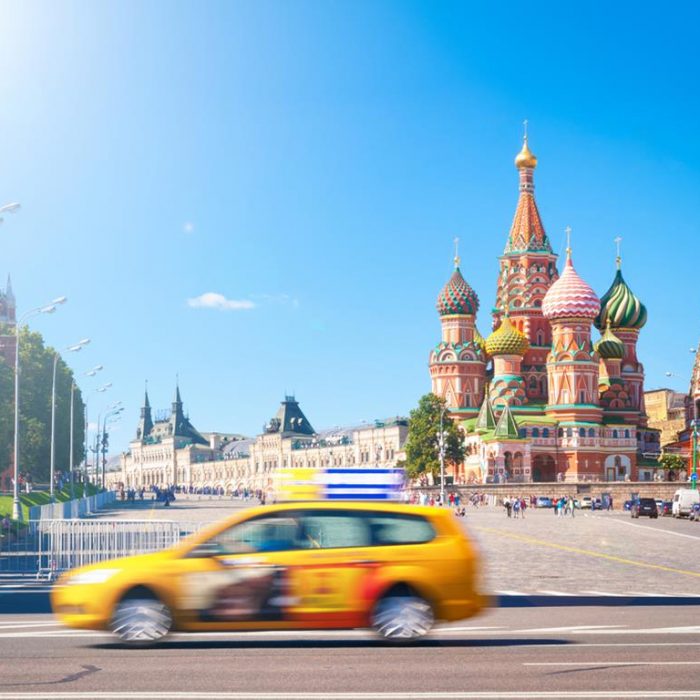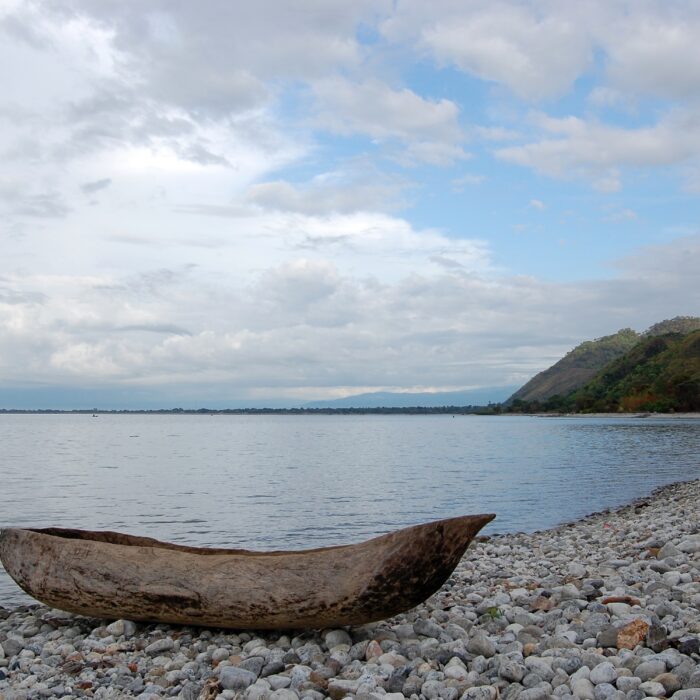Quick facts about Lithuania
- Capital: Vilnius
- Population: Approximately 2.8 million
- Language: Lithuanian
- Currency: Euro (EUR)
- UNESCO Sites: Lithuania is home to UNESCO-listed treasures, including the historic center of Vilnius and the Curonian Spit.
- Independence: Regained independence from the Soviet Union in 1990.
- Geography: The country boasts diverse landscapes, from charming cities to the picturesque Curonian Spit and tranquil lakes.
1 Fact: Lithuanian is one of the oldest of the Indo-European languages
Lithuanian, with its roots stretching back over 4,000 years, holds the distinction of being one of the oldest living Indo-European languages. This linguistic marvel provides a remarkable link to the past, showcasing the resilience of cultural and linguistic traditions over millennia. As the proud bearer of a rich heritage, Lithuanian continues to captivate language enthusiasts and scholars alike.
2 Fact: They like to eat different dishes with bread
In Lithuania, people love pairing different dishes with bread. It’s a common and cherished practice. Whether it’s soups or spreads, bread is a versatile and beloved part of Lithuanian meals. It’s not just about eating; it’s a way of celebrating tradition and togetherness.
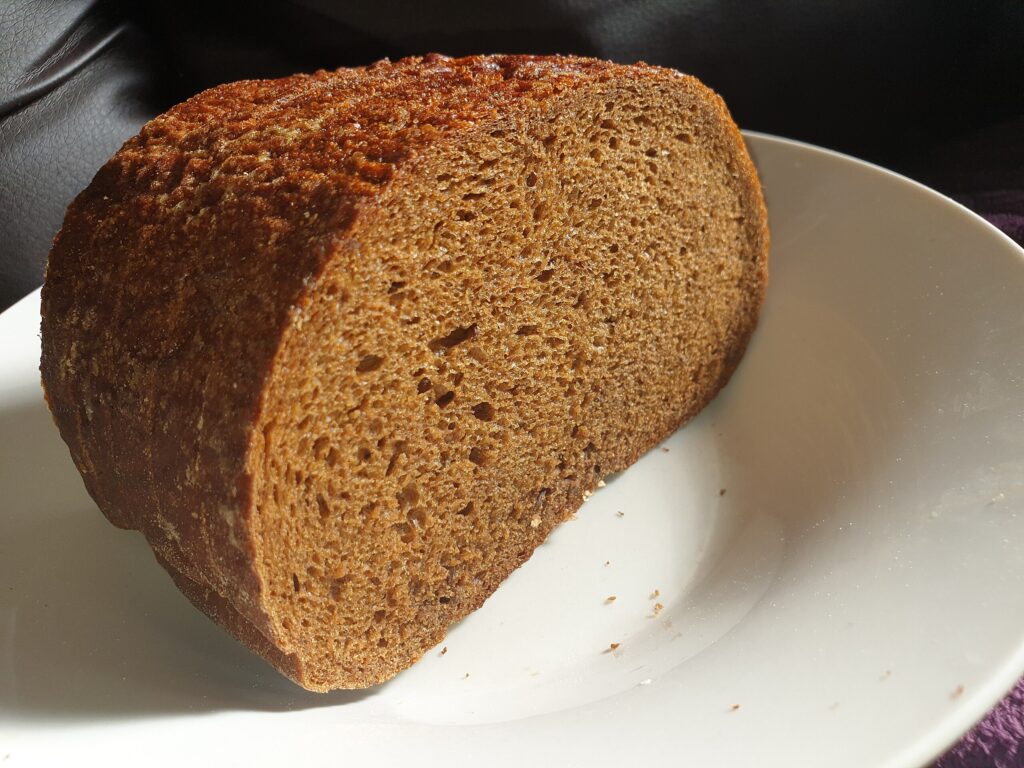
3 Fact: Lithuania has one of the oldest trees in Europe
Lithuania is home to some remarkable natural wonders, including one of the oldest trees in Europe. The Ancient Oak of Stelmužė, believed to be around 1,500 years old, stands as a silent witness to centuries of history. This venerable oak, with its gnarled branches and ancient roots, embodies the enduring spirit of Lithuania’s lush landscapes. Explore the awe-inspiring connection between nature and history as you encounter this living testament to time.
Note: If you plan to visit the country, check the need for an International Driver’s License in Lithuania to drive.
4 Fact: The national dish is Cepelinai
These potato dumplings, shaped like zeppelins (From the German word “zeppelin” for airship), are a true culinary masterpiece. The dumplings are typically filled with various ingredients such as meat, cheese, or mushrooms, providing a delightful burst of flavors. Served with sour cream and bacon, Cepelinai reflect the rich and hearty essence of Lithuanian cuisine, making them a must-try for anyone eager to explore the country’s gastronomic traditions
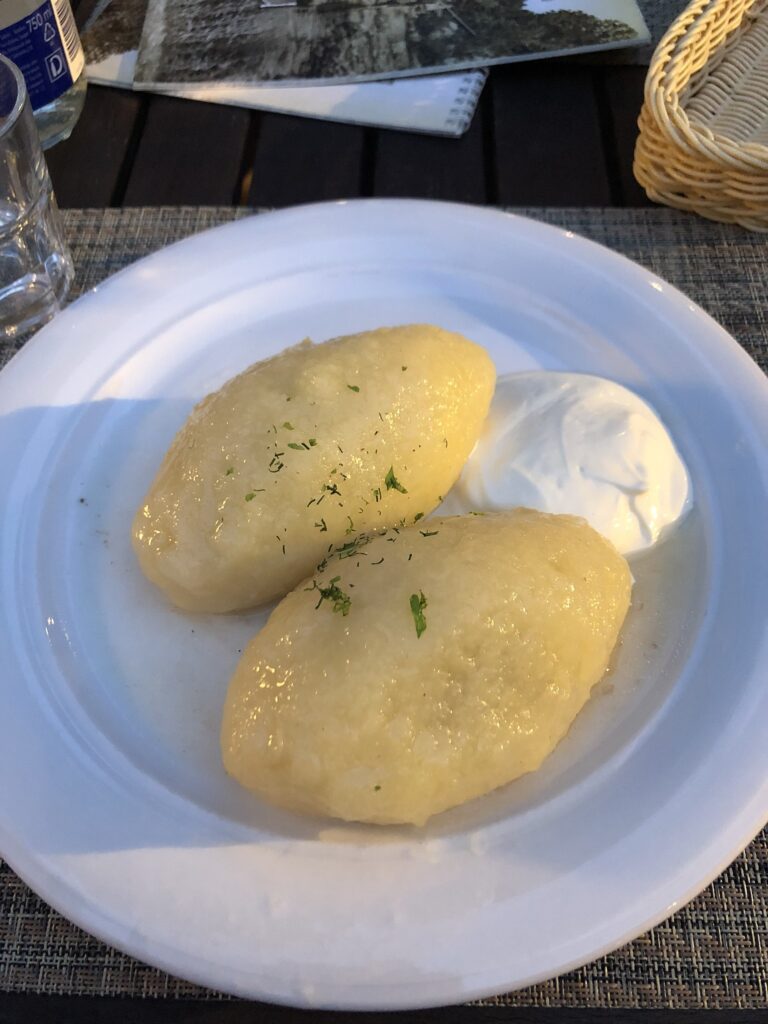
5 Fact: There is a creative quarter in the center of Vilnius called “Užupis Republic”
“Užupis Republic” is a captivating and artistic quarter situated in the heart of Vilnius. This self-proclaimed independent republic is known for its bohemian atmosphere and artistic spirit. Užupis has its own constitution, and the area is adorned with street art, sculptures, and unique installations, reflecting the creativity of its residents. Visitors can explore the charming streets, visit local galleries, and soak in the free-spirited ambiance of this imaginative neighborhood. Užupis Republic stands as a testament to Vilnius’s vibrant cultural scene and its embrace of artistic freedom.
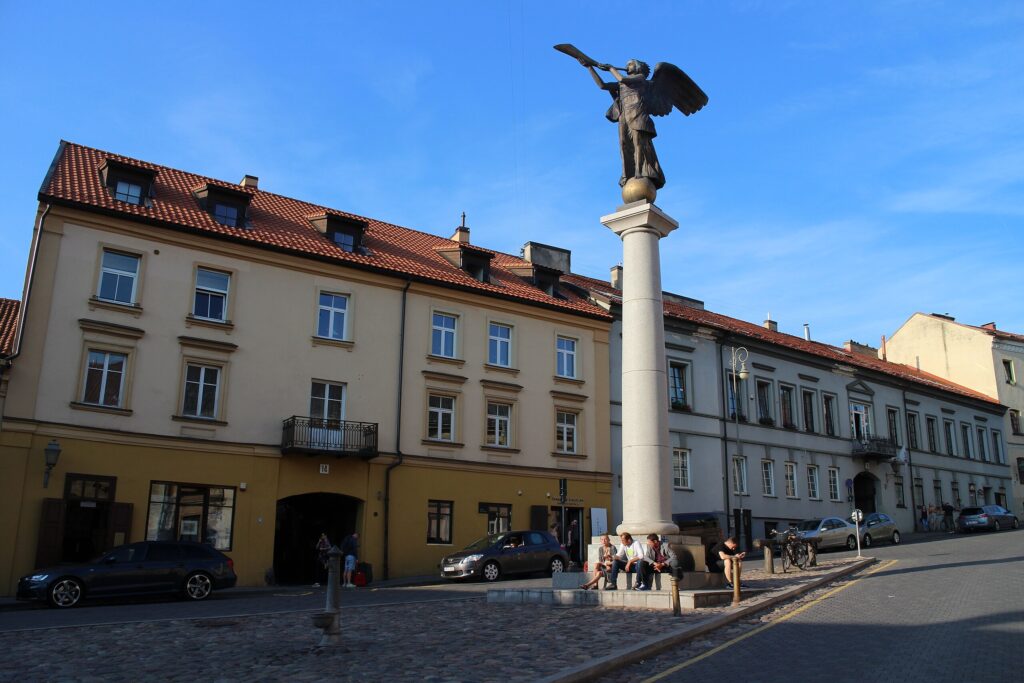
6 Fact: In Lithuania, basketball is the national sport
Lithuania’s love for basketball is evident in the impressive achievements and statistics:
- Lithuania has consistently ranked among the top basketball nations globally, with a remarkable track record in European and world competitions.
- The Lithuanian national basketball team has claimed numerous medals in major tournaments, including Olympic Games and FIBA EuroBasket championships.
- Renowned Lithuanian basketball players, such as Arvydas Sabonis, Šarūnas Marčiulionis, and Jonas Valančiūnas, have made significant contributions to the sport’s global landscape.
- Basketball enjoys immense popularity at the grassroots level, with a large number of basketball courts scattered across the country.
- The annual “King Mindaugas Cup” and the “LKL” (Lithuanian Basketball League) showcase the country’s commitment to fostering the sport’s growth.
7 Fact: Lithuanians prefer to own real estate for financial safety
Owning real estate is a prevalent and favored investment choice among Lithuanians, with over 90% of them opting for property ownership. The inclination towards real estate reflects a cultural emphasis on long-term financial security and stability. Many Lithuanians view property ownership as a tangible and reliable investment, providing a sense of assurance and a valuable asset for future generations. This high rate of real estate ownership underscores the significance of property as a cornerstone of financial planning and wealth preservation in Lithuania.
8 Fact: In Vilnius, a group of unknown people hang swings around the city
In Vilnius, a whimsical and mysterious phenomenon unfolds as a group of unknown individuals hang swings around the city, playfully changing their locations. This delightful initiative adds a touch of charm to the urban landscape, turning ordinary public spaces into enchanting playgrounds. The swinging surprises create moments of joy, whimsy, and a sense of community as people encounter these unexpected installations. Vilnius’s swinging phenomenon showcases the city’s creative spirit and the willingness of its residents to infuse a sense of playfulness into the public realm.
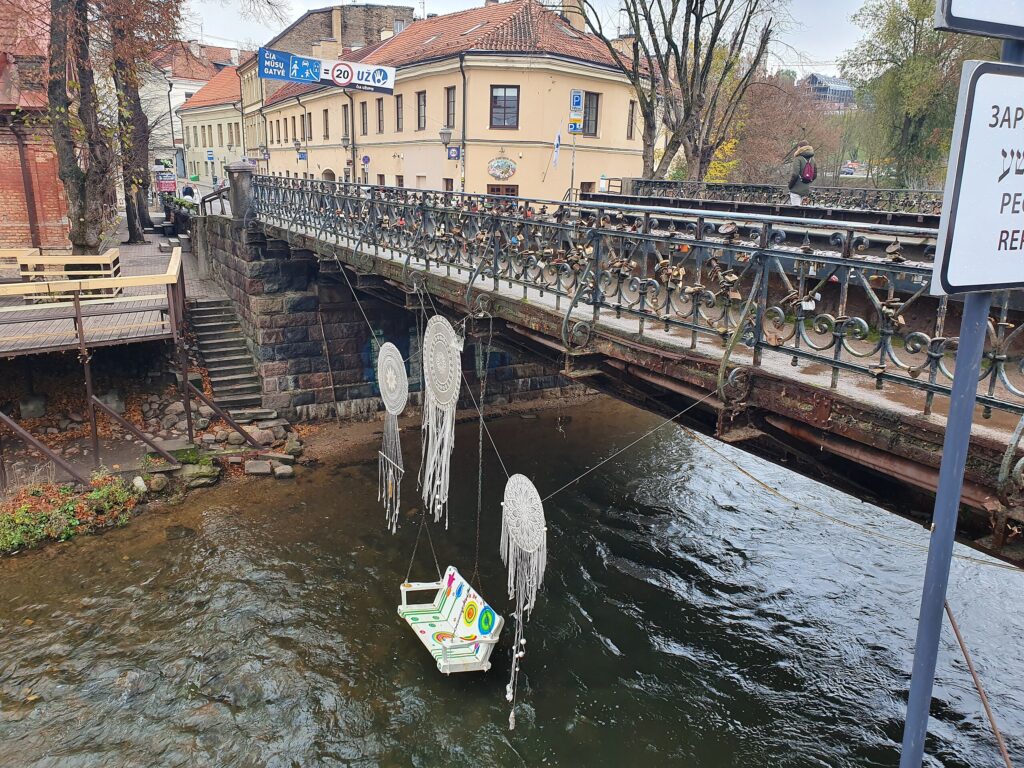
9 Fact: Lithuania was the last country to adopt Christianity in Europe
Pagan elements are interwoven into various aspects of Lithuanian culture, from folklore and rituals to seasonal celebrations. The enduring presence of pre-Christian beliefs contributes to the distinctiveness of Lithuanian traditions. The dynamic blend of pagan and Christian influences is particularly evident in festivals like Joninės (Midsummer) and Užgavėnės (pre-Lenten festival), where ancient rituals and customs continue to be celebrated alongside Christian practices. This unique cultural heritage reflects Lithuania’s historical journey and the resilience of its traditional beliefs.
10 Fact: Lithuania has 4 UNESCO World Heritage Sites

Lithuania takes pride in its four UNESCO World Heritage Sites, each offering a unique glimpse into the nation’s cultural and natural treasures. The Vilnius Historic Centre showcases the medieval charm of the capital, while the Curonian Spit unveils a breathtaking sand dune peninsula shared with Russia. Kernavė Archaeological Site reveals Lithuania’s prehistoric roots, and the Struve Geodetic Arc, a transnational marvel, includes measurement points used to define the Earth’s size and shape in the 19th century. These sites collectively narrate Lithuania’s diverse heritage and global significance.

Published January 28, 2024 • 6m to read

